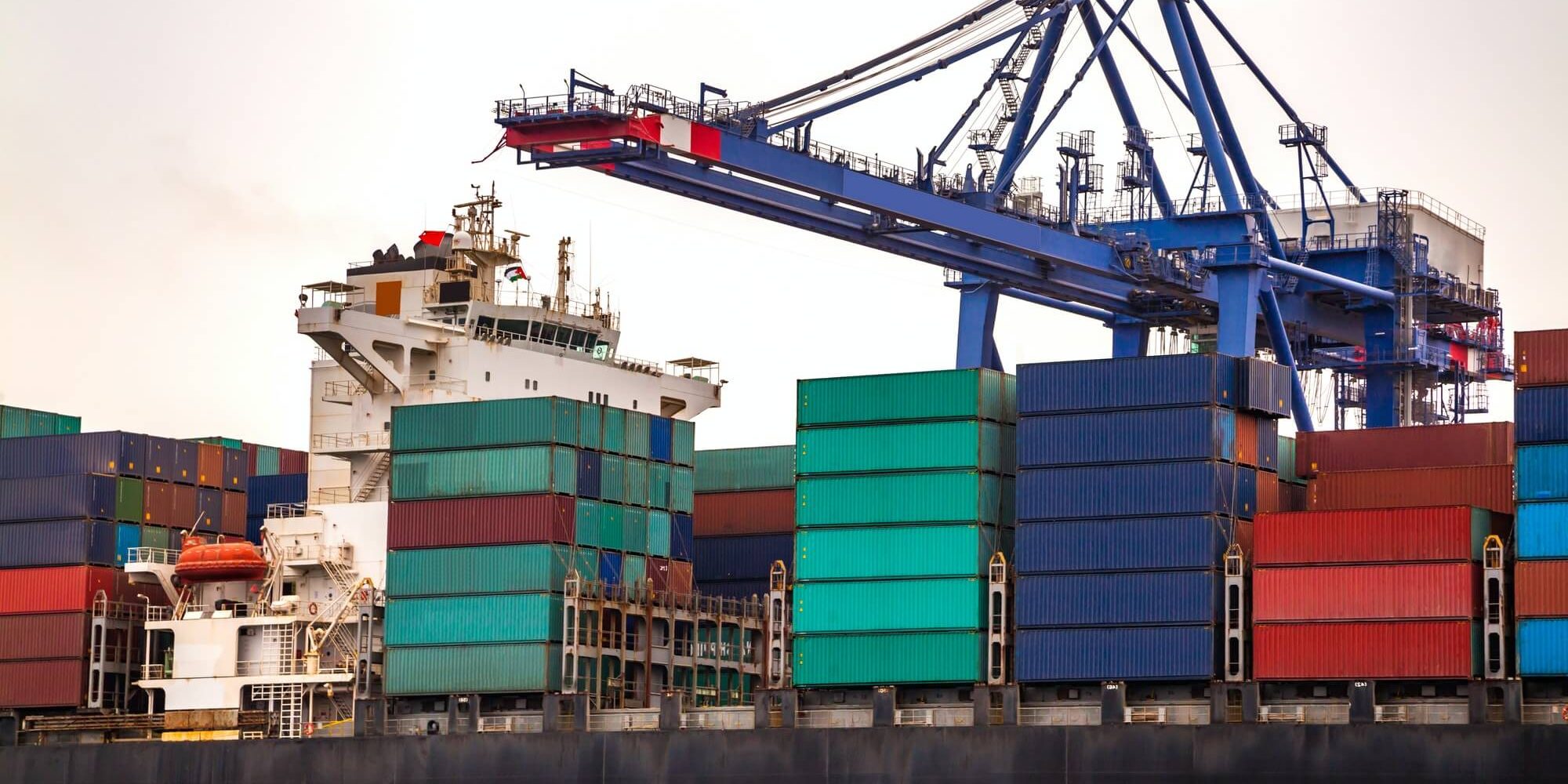Know The Risks Fireworks imports are down by approximately 35% this year, but in 2019, the US received over $335 million in shipments of display fireworks.
That’s a lot of kaboom in the event of a freight forwarding accident—although it’s not just fireworks shippers that would have to pay. The maritime principle of general average pro-rates the cost incurred to save ship, crew, and cargo across all stakeholders, including shippers whose goods may be unscathed, making cargo insurance a must for all shippers, regardless of the commodity they ship.
Most consumer-grade fireworks are categorized under the United Nations explosives shipping classification system. While they are defined as presenting no significant hazard when shipped safely, they do require certain hazard marks or labels, which increase shipping costs.
And, when using airfreight, already required for certain types or quantities of fireworks, shippers are looking at higher prices and unpredictable capacity crunches, since highly explosive fireworks can’t fly in passenger-plane bellies like non-dangerous goods can.
That’s why when shipping dangerous goods, the key is to pack, label, document, and be up on the latest compliance regulations.



